Table of Contents
Ahmedabad Tourism
Ahmedabad is a rapidly growing metropolis, an industrial hub, an educational hotspot, and a city with a magnificent past – Ahmedabad is one of the most important cities in Gujarat. Located on the banks of the Sabarmati River, Ahmedabad is the former capital of Gujarat, and its delicious food, colorful culture is making it a fast-growing tourist destination. The historic city of Ahmedabad or the old part of the city was declared as the UNESCO World Heritage Site.
Sabarmati Ashram | Mahatma Gandhi Ashram
About Sabarmati Ashram
Sabarmati Ashram (also known as Gandhi Ashram) is located in the Sabarmati suburb of Ahmedabad, Gujarat, adjoining the Ashram Road, on the banks of the River Sabarmati, 4.0 miles from the town hall. This was one of the many residences of Mahatma Gandhi who lived at Sabarmati (Gujarat) and Sevagram (Wardha, Maharashtra) when he was not traveling across India or in prison. He lived in Sabarmati or Wardha for a total of twelve years with his wife Kasturba Gandhi and followers, including Vinoba Bhave. The Bhagavad Gita was recited here daily as part of the Ashram schedule.
It was from here that Gandhi led the Dandi march also known as the Salt Satyagraha on 12 March 1930. In recognition of the significant influence that this march had on the Indian independence movement, the Indian government has established the ashram as a national monument.
On his return from South Africa, Gandhi’s first Ashram in India was established in the Kochrab area of Ahmedabad on 25 May 1915. The Ashram was then shifted on 17 June 1917 to a piece of open land on the banks of the river Sabarmati
Harijan Ashram Trust: Runs Vinay Mandir for secondary and higher education, hostel for Harijan girls and Mahila Adhyapan Mandir for Primary Teachers’ Training.
Gujarat Khadi Gramodyog Mandal: looks after village industries. It produces and sells Khadi, handmade paper, soap, oil etc and also makes Ambar Charkha, Looms and its accessories.
Khadi Gramodyog Prayog Samiti: conducts research and training in spinning-weaving, solar energy, and bio-gas, etc.
Gujarat Harijan Sevak Sangh: works for removal of untouchability; it also runs the Environmental Sanitation Institute and conducts research and training in rural health and sanitation.
A cow-pen for Bidaj and Lali villages conducts many experiments and expansion in farming, animal husbandry, cow-breeding and care, and milk production.
Ashram Guest House: Toran is run for Gandhian researchers and visitors and tourists.
Timing:- 8 AM–6.30 PM
Ahmedabad is well connected with all major cities and towns by road. State and private buses are a great option to travel between smaller towns in the state.
Kankaria Lake
About Kankaria Lake
Kankaria Lake is one of the top lakes in Ahmedabad, Gujarat, India. It is located in the south-eastern part of the city, in the Maninagar area. It was completed in 1451 during the reign of Sultan Qutb-ud-Din Ahmad Shah II though its origin is placed in the Chaulukya period sometimes. A lakefront is developed around it, which has many public attractions such as a zoo, toy train, kids city, tethered balloon ride, water rides, water park, food stalls, and entertainment facilities. The lakefront was revamped in 2007–2008. Kankaria Carnival is a week-long festival held here in the last week of December. Many cultural, art, and social activities are organized during the carnival.
Kankaria Lake touted as one of the largest lakes in Ahmedabad, is spread across a surface area of around 76 acres. It has a periphery of about 2.25 kilometers and features stone steps and slopes that give you access to the water.
Kankaria Lake Timing
Timings: Tuesday – Sunday: 4:00 AM – 8:00 AM and 9:00 AM – 10:00 PM
Closed on Monday
How to Reach Kankaria Lake
Take the Punt Maharaj Road to reach the lake, which lies right across Nelson’s Primary School. The nearest railway station to Kankaria Lake is Ahmedabad Junction Train Station which is 4 km away.
Sidi Saiyyed Mosque | Sidi Saiyyed ni Jali
About Sidi Saiyyed Mosque
The Sidi Saiyyed Mosque, popularly known as Sidi Saiyyed ni Jali locally, built in 1572-73 AD, is one of the most famous mosques of Ahmedabad, a city in the state of Gujarat, India.
The Sidi Saiyyed Mosque Also known as the Jaaliwali Masjid was built in 1572 AD by an Abyssinian named Sidi Saeed or Sidi Saiyyed. He was part of the retinue of Bilal Jhujhar Khan, a general in the army of the last Sultan of the Gujarat Sultanate. He came to Gujarat from Yemen and served Sultan Mahmud-III. He lived near the outer wall of the Bhadra Fort and a recluse named Ubban Shaikh had started to build a brick masjid in the area.
After Shaikh’s untimely demise, Sidi Saeed took it upon himself to complete the construction of the masjid. The Jaali has two interwoven trees (Banyan tree and palm tree) with lofty branches and detailed carvings of flora in the background. The Kalp Vruksh is an ancient design idiom in Hindu mythology, also popularly known as the wish-fulfilling tree, while the palm tree is famous for its Arabic connotations.
The mosque is entirely arcuated and is known for its ten intricately carved stone latticework windows (jalis) on the side and rear arches. The rear wall is filled with square stone pierced panels in geometrical designs. The two bays flanking the central aisle have reticulated stone slabs carved in designs of intertwined trees and foliage and a palm motif. This intricately carved lattice stone window is the Sidi Saiyyed Jali, the unofficial symbol of the city of Ahmedabad and the inspiration for the design of the logo of the Indian Institute Of Management Ahmedabad.
The central window arch of the mosque, where one would expect to see another intricate jali, is instead walled with stone. This is possible because the mosque was not completed according to plan before the Mughals invaded Gujarat.
How to Reach Sidi Saiyyed Mosque
Gujarat has one of the better-developed road networks in India. Ahmedabad is well connected with all major cities and towns by road. State and private buses are a great option to travel between smaller towns in the state.
Modi Stadium | Sardar Patel Stadium | Motera Staduim
About Modi Stadium | Sardar Patel Stadium
Sardar Patel Stadium in Motera is one of the finest cricketing venues in India. It is located on the banks of river Sabarmati and has been host to more than 35 international games of cricket.
The Sardar Patel stadium is also known as Motera Stadium, because of the area where it is located also to avoid confusion with a stadium of the same name located nearby. The stadium was constructed in 1982 to flourish cricket talents in the province. Earlier, the stadium had a seating capacity of housing 49,000 cricket fans.
In October 2015, Gujarat Cricket Association under the visionary leadership of the then GCA President and current Prime Minister Shri Narendra Modi decided to reconstruct the stadium and make it the largest Cricket Stadium in the world. In February 2020, the redevelopment task was completed and it is now capable of accommodating more than 1.1 lakh cricket fans. The new Motera Stadium broke the record by surpassing Melbourne Cricket Ground which has the capacity to accommodate 90,000 spectators.
Populous designed the world’s largest cricket stadium, Motera Cricket Stadium, in Ahmedabad, India. The project will be home to the Gujarat Cricket Association and is being built in collaboration with India’s top contractor Larsen & Toubro. When it is officially launched in 2020 it will be named the Sardar Patel Stadium.
The Motera stadium was reconstructed with an estimated cost of Rs 8 billion.
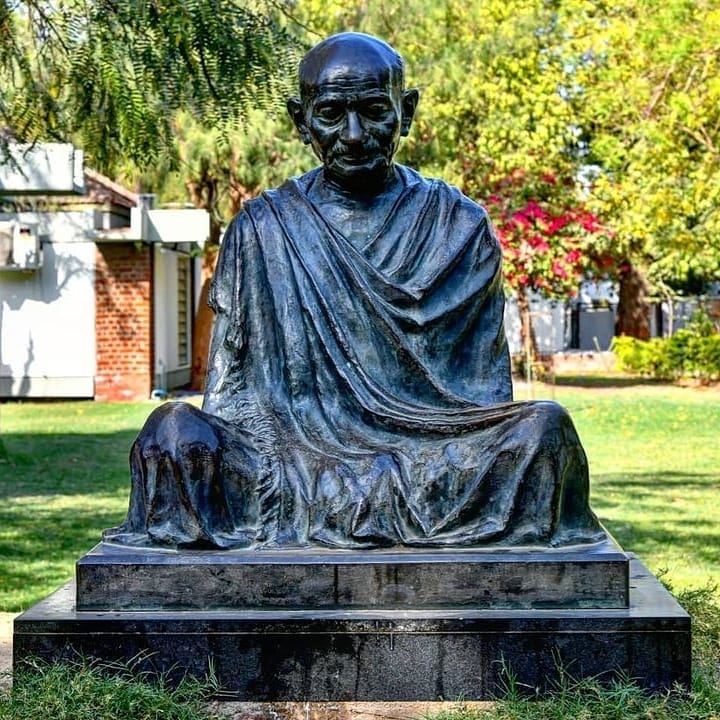
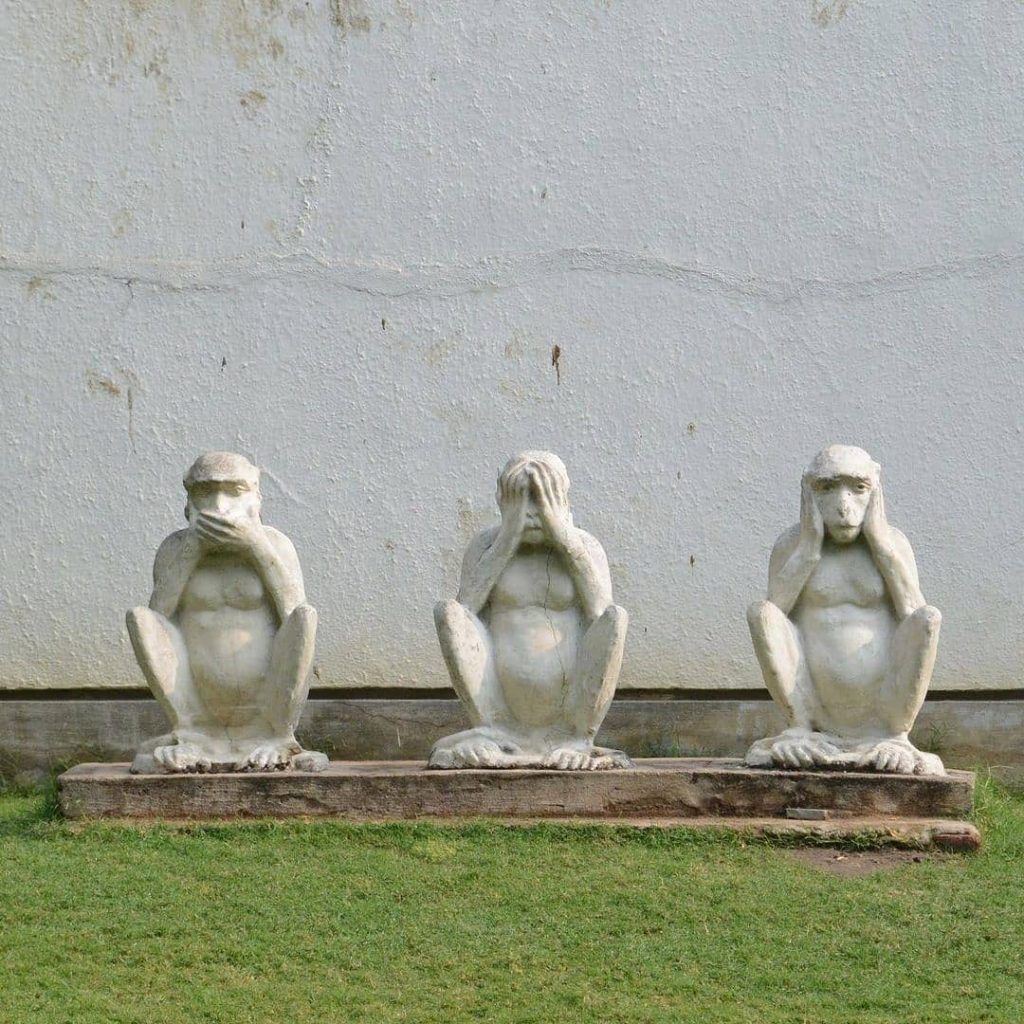

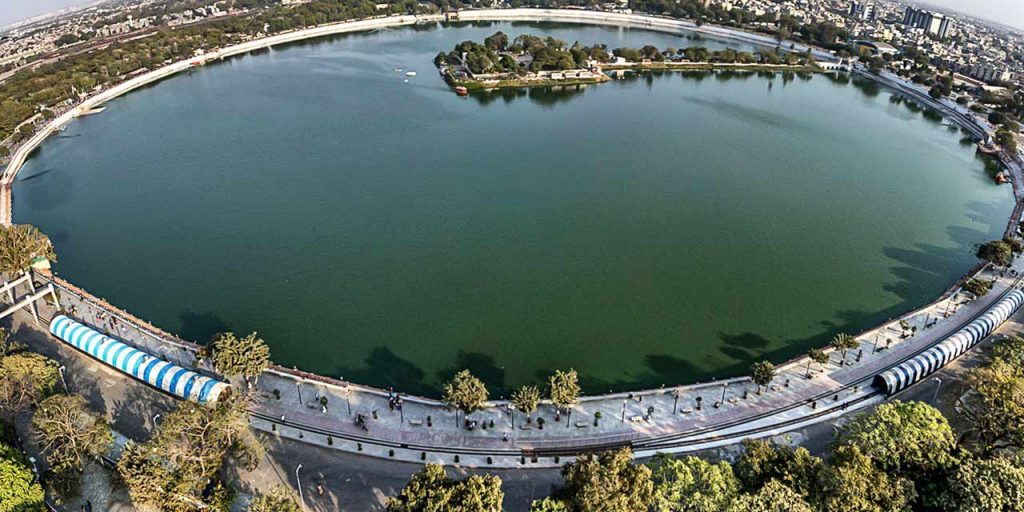

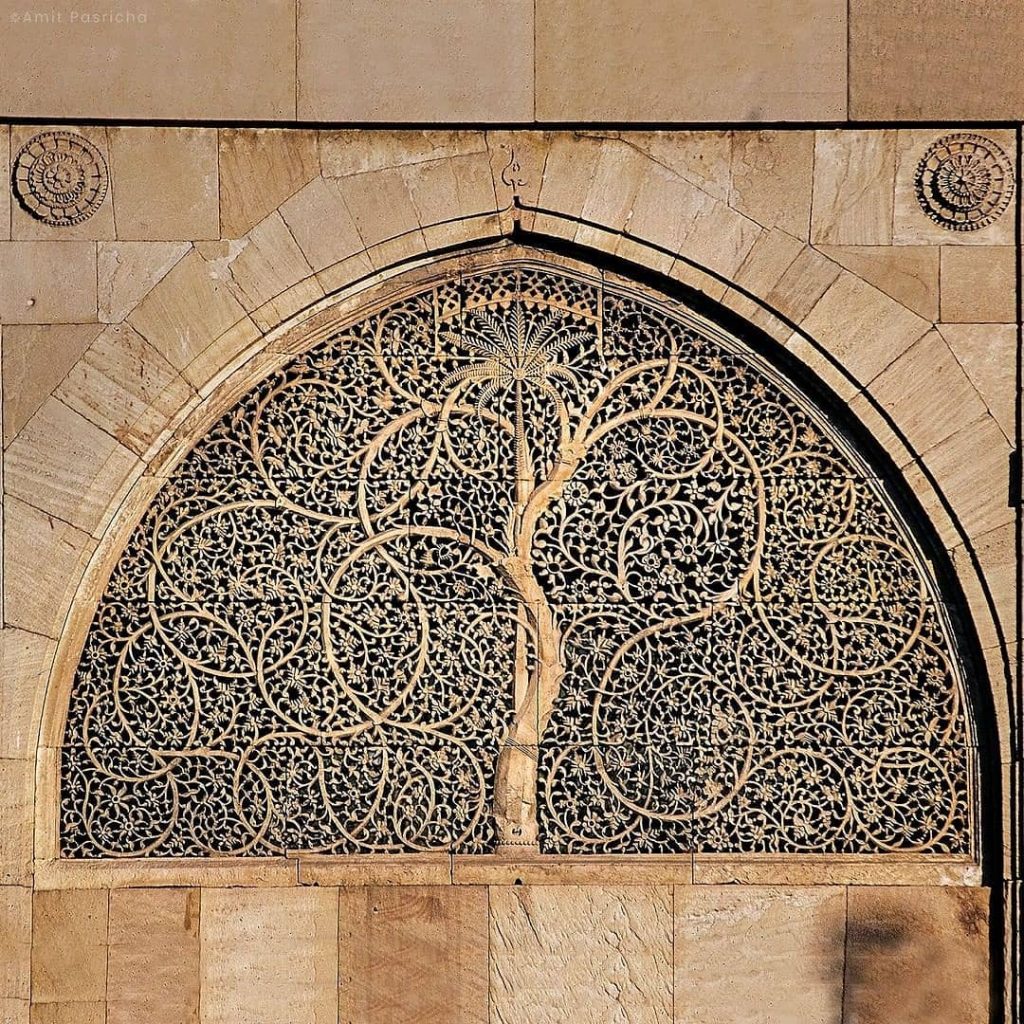
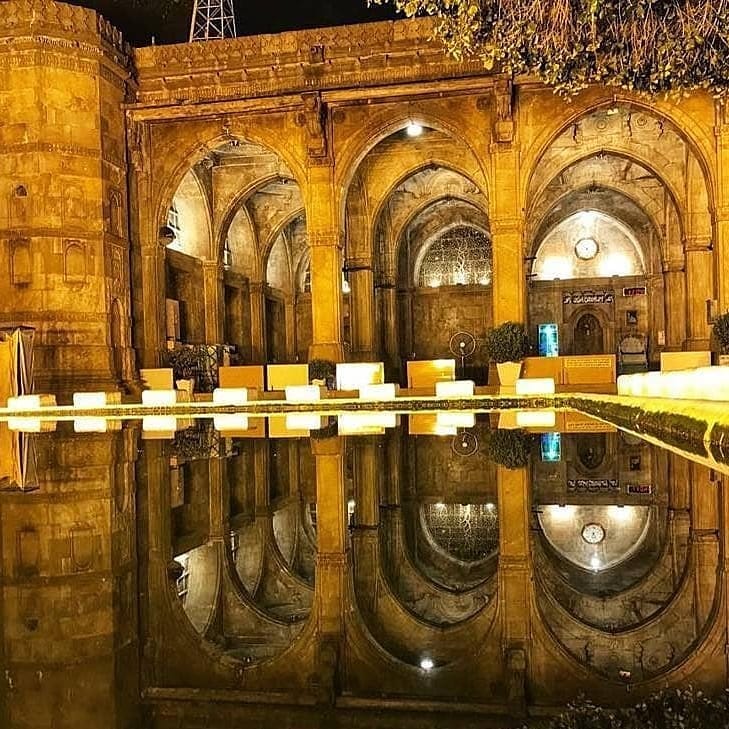

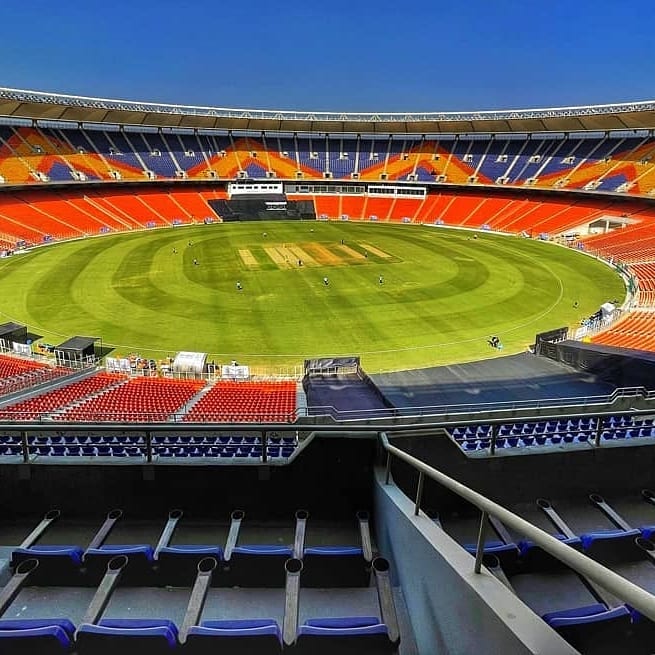
[…] Ahmedabad to Dhinga Masti resorts 80km. […]